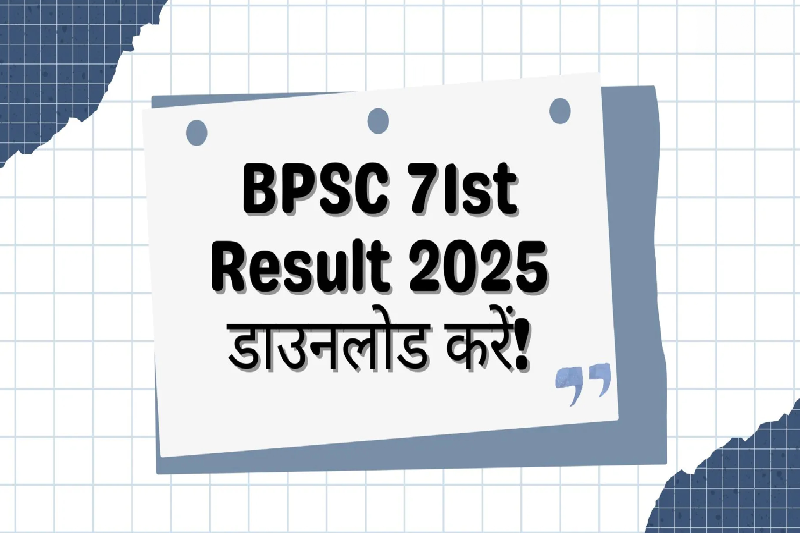
Delayed Admissions and Low Demand Plague Maharashtra Engineering Seats
The engineering education sector in Maharashtra is facing a serious slump in admissions, with a low number of students confirming seats in the initial rounds of the Centralised Admission Process (CAP) for 2025. Despite efforts by the Directorate of Technical Education (DTE) to streamline procedures, data from the first two CAP rounds shows a consistently poor response — a clear sign that deeper issues are affecting student interest in engineering.
CAP Rounds See Low Confirmation Rates
In terms of actual numbers, the turnout has been underwhelming:
- First Round: Out of 1.4 lakh students allotted seats, only 35,000 (22%) confirmed their admission.
- Second Round: Despite a higher allotment of 1.6 lakh students, confirmed admissions dropped to 30,000 (18%).
These figures underscore a disturbing trend — a declining interest in engineering seats, with thousands of students choosing not to proceed with their allotted colleges.
Main Culprit: Delayed Admission Calendar
Education experts attribute this low turnout primarily to delays in the admission schedule. According to Sunil Joshi, a retired academician from Savitribai Phule Pune University (SPPU), the late start of the engineering admission process puts students in a difficult position.
“This delay has a cascading effect. By the time engineering admissions reach later rounds, many students have already committed to other courses or institutions where the academic year has started on time. Students don’t want to risk losing an entire semester,” Joshi explained.
The late timeline not only limits student flexibility but also puts engineering institutions at a disadvantage, as alternative professional courses and private universities start earlier and attract undecided students.
Revised Rules Fail to Improve Turnout
In an attempt to reduce decision-making delays and fill more seats earlier, the Directorate of Technical Education introduced rule changes this year:
- In Round 1, students who were allotted their first preference (15,852 students) were required to confirm their admission.
- In Round 2, the rule extended to students who received any of their top three preferences (14,016 students) — again making it mandatory to confirm admission.
Despite these policy changes aimed at nudging students toward early confirmation, the outcome remained largely unaffected. A CET cell official acknowledged the limited impact and suggested optimism for future rounds, saying:
“In the coming rounds, the chances [of getting better colleges] will reduce, and we will surely see improved admissions.”
However, the numbers so far reflect a deeper, more systemic challenge than one that can be solved with rule adjustments alone.
Multiple Structural Issues at Play
Apart from scheduling concerns, several structural and systemic problems continue to affect the appeal of engineering as a preferred course of study:
1. Overlapping Entrance Tests
Many students face scheduling conflicts due to multiple entrance exams across disciplines occurring around the same time. This affects their ability to properly engage with CAP rounds.
2. Declining Job Prospects
With the market becoming more saturated and certain engineering disciplines seeing stagnant or shrinking employment opportunities, students are increasingly wary of pursuing engineering as a long-term career path.
3. Misaligned Timetables Across Institutions
Colleges and universities offering alternative professional courses often have better-coordinated academic calendars, drawing students away from engineering seats which remain uncertain till later rounds.
According to Rakesh Jadhav, a faculty member from a Pune-based engineering college:
“Unless systemic issues like late timetables, overlapping entrance tests, and declining job opportunities are addressed, this trend will continue.”
Outlook: Grim in the Short Term
SPPU senate member Suhas Gujar I echoed the concerns of many in the academic community by acknowledging that the situation is unlikely to improve in the near future. Students are becoming more strategic and cautious about where and when they commit, making traditional engineering admissions vulnerable to ongoing disruptions.
This sentiment reflects a larger national pattern: as more students look toward multidisciplinary courses, international study options, or fields like design, data science, and liberal arts, traditional engineering programmes must work harder to justify their value.
Conclusion: Time for Engineering Education to Evolve
The current admission trends for engineering in Maharashtra send a strong signal to policymakers, educators, and institutions. Tweaking rules may offer short-term fixes, but systemic reforms are essential to revive interest and trust in engineering education.
Some critical steps forward could include:
- Restructuring the academic calendar to ensure alignment with other professional courses.
- Enhancing placement opportunities and reforming outdated curricula to match industry expectations.
- Increasing awareness and flexibility in the CAP system to accommodate modern student priorities.



